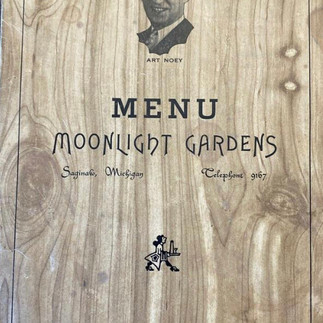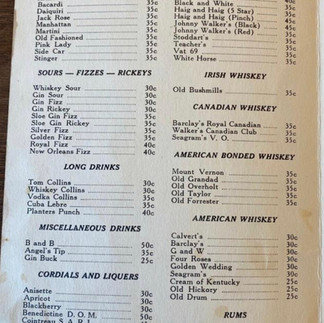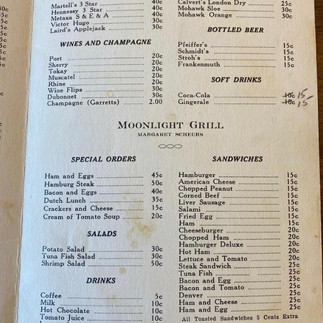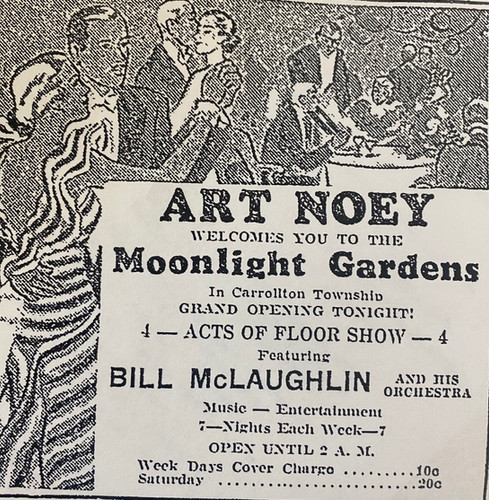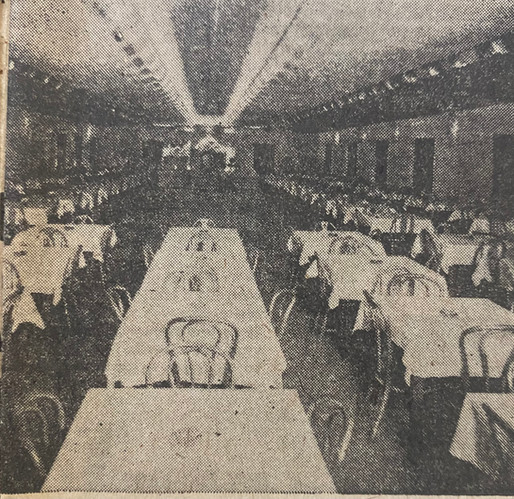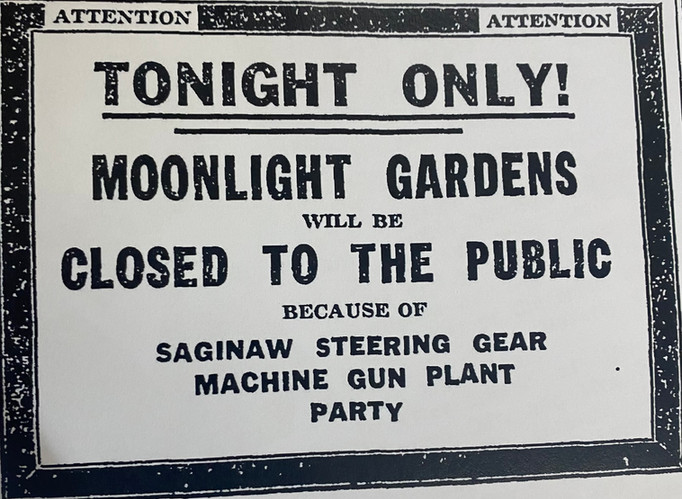Last week, we shared that Joe the Bartender went to Cuba for a time after leaving Egypt, so now is a good time to travel to the Caribbean and think about rum.

The Birthplace of the Daiquiri
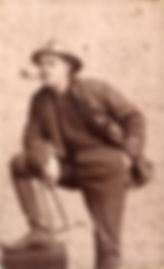
The humble (but delightful) daiquiri was invented in Cuba by Jennings Stockton Cox in 1896. Cox was not a bartender but rather a mining engineer working for the Spanish-American Iron Company in the Cuban city of Daiquiri. He began his employment there before the outbreak of the Spanish-American War (1898) and remained through its duration. He eventually returned to the US in 1913 due to failing health.
The story relayed by his granddaughter is that while Cox was entertaining American guests, he had run out of the more popular spirit gin. Improvising with on-hand ingredients he created a cocktail with similarities to a local drink known as the Canchanchara. He feared his guests would not want pure rum, so to take the edge off he added some lime and sugar. He recorded his recipe (to serve six) in his journal.

The drink might have stayed in Cuba except that it traveled to the United States via the military and became a standard at the Army and Navy Club in Washington, D.C. It then appeared in Jacques Straub’s 1914 cocktail recipe book Drinks.
Prohibition could have hindered its popularity, but instead, it helped. Cuba was nearby and not dry. The rum still flowed, and the Daiquiris still quenched the thirst of many Americans. (Yes, that includes Ernest Hemingway, but his drink is … not great. Learn more about the Hemingway Daiquiri here.)
The real boost to the drink came in the 1940s. Spirits were scarce during World War II thanks to rationing and the inability to import certain liquor. However, those limitations didn’t apply to rum, which was still plentiful and accessible. Plus, American troops continued to popularize rum while they were stationed in the Caribbean. By 1948, the Daiquiri was named as one of the “six basic drinks” a home bartender should know.


Let's Drink! -The Daiquiri
INGREDIENTS
60ml (2 oz)White Rum (Bacardi)*
20ml (¾ oz) Lime Juice (Fresh)
10gm (2 tsp) Superfine Sugar
METHOD — Add superfine sugar (two bar-spoons) and fresh lime juice into a shaker and stir until sugar is mostly dissolved. Add white Cuban Rum (Bacardi) and ice, shake until well chilled (10-15 seconds). Strain into chilled glassware. No garnish.
*According to bartending experts, to get the same flavor Cox created, you should use Bacardi Superior, which is made by the same recipe and yeast strain as the Bacardi Carta Blanca used by Cox in 1896.
Into the Moonlight – Gardens
Much like our drinking explorations eventually led us to Cuba, our original exploration of Saginaw’s 1940s nightclubs was heading toward the Old Heidelberg on the Westside Bay City Road [now known as Bay Road]. However, like many casual evening explorations, our plans changed. We were anxious to continue last week’s Green Mill story and our research department uncovered a menu for Moonlight Gardens listing this week’s featured cocktail, the Daiquiri.
In 1935, Art Noey sold his share of the Green Mill to his business partner Sam Wallace – Wallace had also been the saxophonist in Noey’s band. Noey became the sole proprietor of his next club, Moonlight Gardens. Located in Carrolton, where Hickory Street crosses the railroad tracks, the club’s grand opening was held on May 4, 1935.

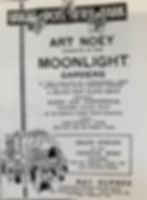
This location might seem less than ideal. However, the 6th Street Bridge made the venue surprisingly convenient to downtown Saginaw with its numerous theaters and restaurants – advertising noted Moonlight Gardens was only 2 miles from the Bancroft Hotel. When trains passed on the adjoining railroad tracks, performers adjusted their act to accommodate the noise and vibration. The club was soon billed as “the show place of the Middle west” and Saginaw’s first truly cosmopolitan nite club.”
In a 1975 Saginaw News article about Art Noey, writer Edward Miller reported Noey “was 15 when he started playing in dance orchestras.” In the piece, Miller described the history of Moonlight Gardens, and noted that “Many of the best dance bands of the era played there with their own thrum, throb or tune-molded jounce which had made them recording artists and reason to be proud of it.” He continued:
“For its time, Moonlight Gardens, hard by a busy railroad track, had it all. You could buy beer, wine and liquor by the glass. There were a variety of sandwiches. The deluxe offering was a steak sandwich with a generous scattering of shoestring potatoes. Trimly uniformed waitresses whisked them from the clean kitchen.
A party of four could spend a big evening at Moonlight for $5. That included admission, food and drinks and checking garments. It also included the feeling you’d been some place and were used right. Those were the days of business depression, yet some of the patrons came several times a week.”
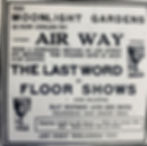
Within a few months of opening an advertisement proclaimed: “The Moonlight Gardens is now cooled by Air Way - with a complete change of air every six minutes. The coolest spot in Saginaw County. The last word in floor shows.”
The business thrived; however, on April 28, 1943, the Saginaw News reported that the state liquor control commission had approved the transfer of Noey’s liquor and dance hall license. Noey sold Moonlight Gardens to join the Navy. For a brief time, other owners tried to operate Moonlight Gardens. Eventually, the paper reported on plans to convert the building into a convalescent home. By the 1950s, the structure was being used for industrial purposes.
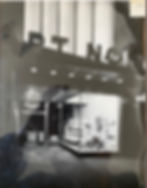
After World War II, Noey returned to Saginaw and opened an appliance business. He became active in community affairs. However, it seems that music and entertainment remained part of his life and business model. His original store at 110 South Washington Avenue was designed by Saginaw architect Glenn Beach. A 1946 article described the building, as “showing future modern trends” and noting: “beneath the offices will be soundproof listening rooms.” (At this time, his store carried both appliances and records).
Miller closed his 1975 article with a quote from Noey:
“D’you know I still have middle-aged couples and older ones come in my store to buy something, they introduce themselves and often say, ‘Mr. Noey, we met at your good old Moonlight Gardens.’ Kinda gives a fellow a good feeling.”
Note:
-This will not be the last time the Castle Test Kitchen pays a visit to Moonlight Gardens. The menu for the “Moonlight Grill” featured one of the staff’s favorites – chopped peanut sandwiches.
Sources:
“013 - Daiquiri,” https://lock-tails.com/2021/09/01/013-daiquiri/
And a Bottle of Rum: A History of the New World in Ten Cocktails by Wayne Curtis


